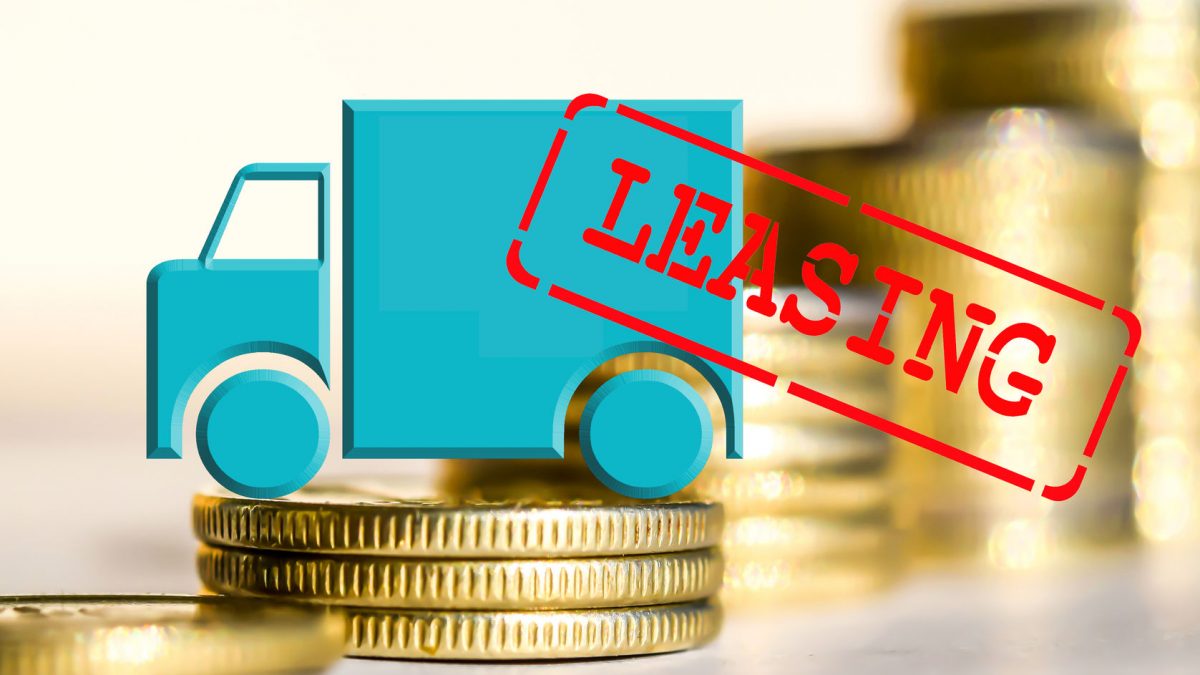This depends if the ratio between the capital lease and the lease payment is higher or lower than the EV / EBITDA of the company.
A capital lease is like buying the asset with debt. You pay interest and principal repayments. These payments are below EBITDA, meaning they are not treated as operating expenses (OPEX), but rather as costs and outflows related to financing. As a result, EBITDA is higher compared to an operating lease.
An operating lease classifies the lease payment as rent expense, and therefore the expense is included as part of EBITDA. As a result, EBITDA is lower compared to a capital lease.
However, since a capital lease is treated as debt, it would also increase enterprise value, since debt is a component of enterprise value.
If a capital lease is increasing enterprise value while also EBITDA, then the capital lease / lease payment multiple determines if EV / EBITDA increases or not.
If the capital lease / lease payment multiple is higher than the EV / EBITDA of the company, then that means enterprise value is increasing more than EBITDA on a relative basis. Therefore, with the numerator increasing faster than the denominator, EV / EBITDA goes up.
If the capital lease / lease payment multiple is lower than the EV / EBITDA of the company, then that means enterprise value is increasing less than EBITDA on a relative basis. Therefore, with the denominator increasing faster than the numerator, EV / EBITDA goes down.

